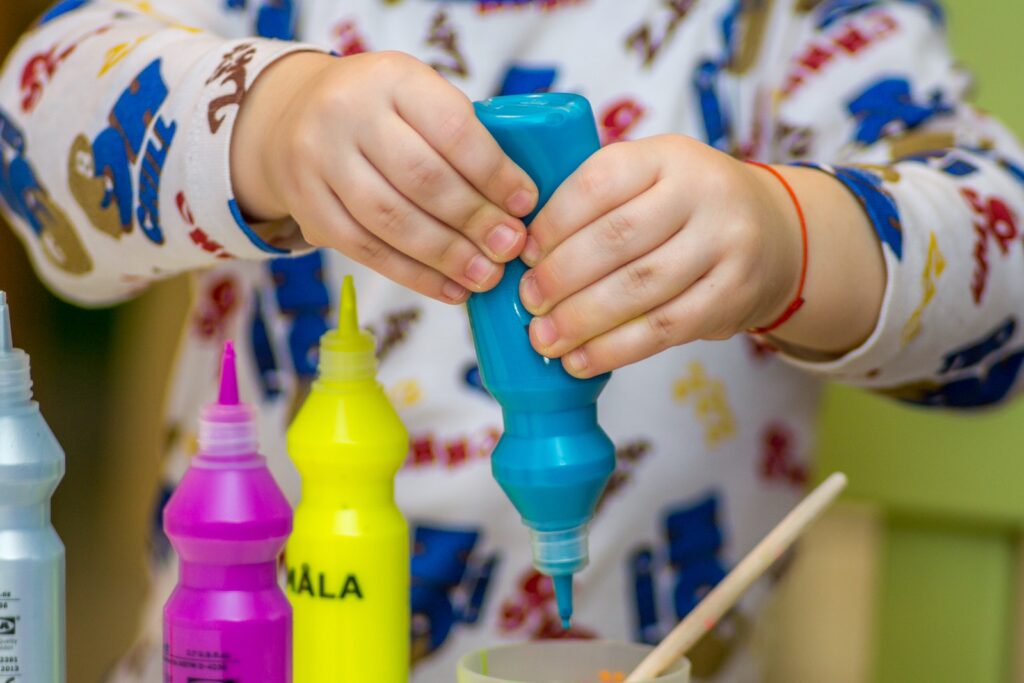Children’s Art Week 28th June-18th July: Art matters: here’s why

Art matters: here’s why
School closures and disruption caused by Covid have meant that creative subjects have taken a back seat for many pupils this year. But, says former primary school teacher Laura Steele, of education experts PlanBee, art matters more than ever. She also has some fabulous free resources for you to use at home with your children
In an increasingly busy school timetable, art can often be overlooked in favour of the core subjects. And in the last 18 months, the Covid pandemic has meant that enormous attention has inevitably been focused on helping children to catch up on missed learning in core subjects.
But art matters – a lot. Here’s why.
Art….
…helps to develop imagination, self-expression and creativity
Have you ever watched a child who is completely absorbed in drawing or painting? Their full concentration is on creating something from nothing, using only their imagination and creativity to express a thought, feeling or idea. This is a skill that we should nurture in all children.
Art fosters experimentation more than many other subjects. It gives children the freedom and choice to create something that is unique to them. Not only is this a healthy outlet for self-expression, but in the world of work skills such as creativity and innovation are highly valued by many employers.
…helps to develop self-confidence, self-discipline and resilience
As art is less constrained by the curriculum than many other subjects, children are often free to choose the direction they take in class, and ask themselves questions and solve problems as their work progresses. This can lead to a real sense of ownership of what they produce. The artwork does not have to be a masterpiece; the outcome does not matter as much as the skills learnt during the task.
Many children feel more comfortable in art lessons because this is a subject where there is no ‘right answer’. They are free to explore their ideas without the threat of being wrong, and so become more at ease with the uncertainty of not knowing how an activity might turn out. This means children are more likely to experiment and try out new ideas. They are less likely to give up when they encounter a problem or things don’t end up as they had planned.
…helps to develop critical thinking
Art helps children to communicate visually both how they see and experience the world, and how they feel about it. For some children, this may be too difficult to do verbally, but they can achieve it through art.
Discussing the artwork of classmates or those of famous artists helps children to look at the world around them through different eyes. It teaches them that not everyone’s idea or view of something is the same, nor does it have to be.
…aids relaxation and well-being
For many children, art is an outlet for releasing the stress and pressures of everyday life. It is a calming activity that they are in control of.
Creativity has been linked with well-being, and the more children are allowed to explore their individual identity and develop their sense of self, the more content they will be within themselves.
Art holds a very important place in the primary curriculum; it helps to balance the weight of academic subjects and supports the development of the whole child. In an era in which regular testing is used measure and assess children’s progress and development there is a danger that less importance will be placed on the diverse life skills that art can teach them.
As Alan Parker, director of iconic films including Fame and Bugsy Malone, put it: ‘Art in schools shouldn’t be sidelined… it should be right up in the front… art teaches you to deal with the world around you. It is the oxygen that makes all the other subjects breathe.’




